Looking after your new trees and hedging plants.
PeCAN wants to ensure that all the trees and hedging plants obtained through our "Fruit tree in every garden" project have the best chance of flourishing. We have collated some tree care resources that we hope will help you with all aspects of tree and hedge care:
Guide to trees through the seasons (Woodland Trust).
We also offer our customers seasonal tips, via email, on how to look after their young fruit trees. You can find the first of these, for spring and summer (April-September) here:
PeCAN's springtime tree care tips
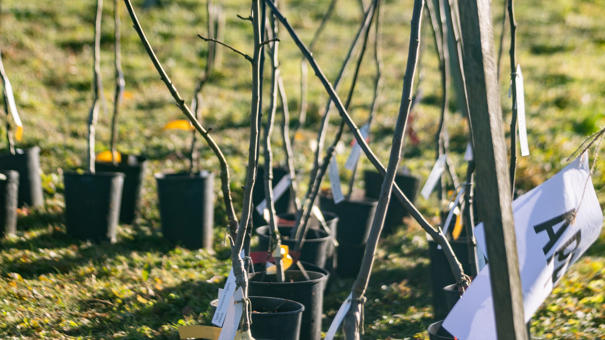
Preparing the ground for planting a tree or hedge
If you have purchased a bare-rooted tree or some hedging plants, these should be planted as soon as possible to ensure they have the best start, ideally within three days of their delivery. You need to keep the roots moist but not too wet and don’t let them dry out. If you’re not able to plant your trees in their final position within three days, they’ll need to be taken out of their bags and ‘heeled in.’
For hedging plants, prepare the ground by digging over a strip 60-90cm wide and one spade blade deep. This should remove existing vegetation like grass and weeds which will compete with your young hedge plants for moisture and nutrients.
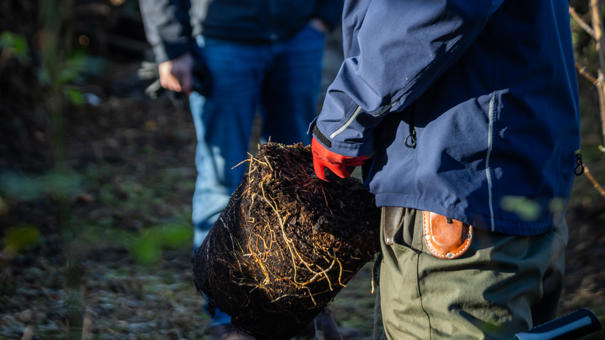
Planting your tree
If you have recently purchased a fruit tree from us, or elsewhere, you may be looking for guidance on how to plant it. We have collated a list of resources that you can use to get your tree off to a great start. We would love to see some pictures of your trees in flower and fruit over the coming years.
How to care for a newly planted tree (Tree Council).
Tree and hedge planting guide (Tree Council).
Video guide to planting a new tree (RHS).
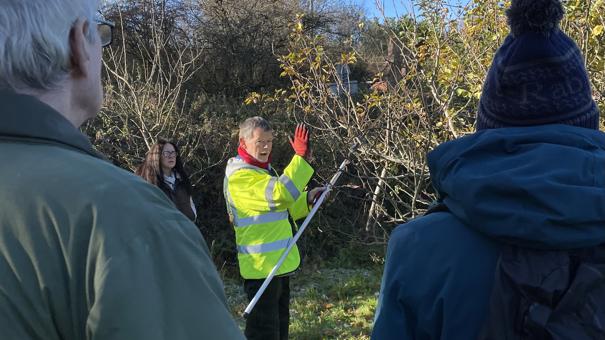
Pruning and training your tree
Fruit trees can be trained into a number of different shapes, depending on your situation and preference. They also need to be pruned at regular intervals to stop overcrowding of branches, and to give the tree the best opportunity to produce good fruit. Here is some information on how to train and prune your fruit tree.
Espalier pruning and training a fruit tree (RHS).
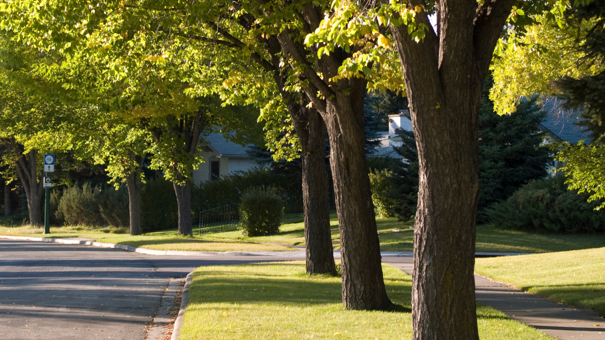
Tree care
Once your tree is in place you need to make sure it has enough protection, water and food, and keep an eye out for any pests and diseases. Here are some resources to help you care for your fruit tree.
Watering your new tree in periods of drought (Tree Council).
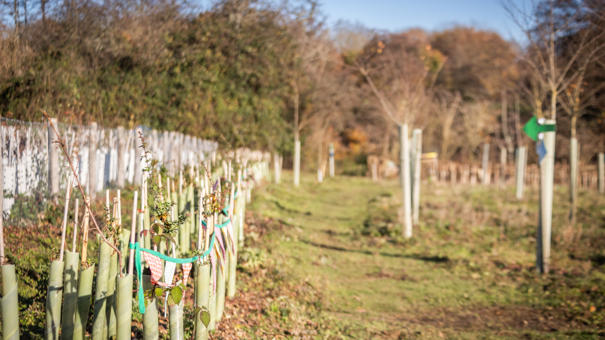
Care of hedges
A hedge is a row of bushes or trees which often runs along the boundary of a garden, road or field. Hedges provide shelter and food for wildlife, interest in the garden, a certain amount of acoustic protection, can filter air pollution, will capture carbon and are important measures for flood mitigation. Replacing a fence with a hedge may seem like a lot of extra work, but the benefits to the environment are great. Here are some resources to help you care for your hedging plants.
Hedge planting and growing (Tree Council)
Hedge care resources from CPRE
Hedgelink -their Hedge Hub has a number of useful resources about caring for hedges.

